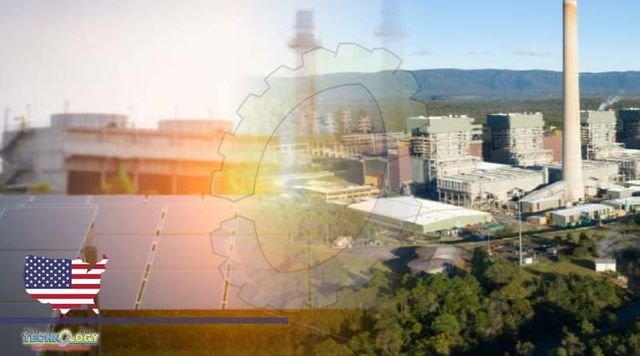In a Twist, Old Coal Plants Help Deliver Renewable Power The sites, once a source of greenhouse gases, have a useful feature They’re wired to the electricity grid. For new ventures like solar farms, that can save a lot of time and money.

Across the country, aging and defunct coal-burning power plants are getting new lives as solar, battery and other renewable energy projects, partly because they have a decades-old feature that has become increasingly valuable: They are already wired into the power grid. The miles of high-tension wires and towers often needed to connect power plants to customers far and wide can be costly, time consuming and controversial to build from scratch. So solar and other projects are avoiding regulatory hassles, and potentially speeding up the transition to renewable energy, by plugging into the unused connections left behind as coal becomes uneconomical to keep burning.
In Illinois alone, at least nine coal-burning plants are on track to become solar farms and battery storage facilities in the next three years. Similar projects are taking shape in Nevada, New Mexico, Colorado, North Dakota, Nebraska, Minnesota and Maryland. In Massachusetts and New Jersey, two retired coal plants along the coast are being repurposed to connect offshore wind turbines to the regional electrical grids. “A silver lining of having had all of these dirty power plants is that now, we have fairly robust transmission lines in those places” said Jack Darin, director of the Illinois chapter of the Sierra Club, an environmental advocacy group. “That’s a huge asset.”
Over the past two decades, more than 600 coal-burning generators totaling about 85 gigawatts of generating capacity have retired, according to the U.S. Energy Information Administration. (Individual power plants can have more than one generator.) A majority of the 266 remaining coal-burning power plants in the country were built in the 1970s and 1980s, and are nearing the end of their approximately 50-year operational lifetime. Most of that retired capacity will not be replaced with coal, as the industry gets squeezed out by cheaper renewable energy and tougher emissions regulations. At the same time, renewable energy producers are facing obstacles getting their projects connected to the grid. Building new power lines is costly and controversial as neighbors often oppose transmission lines that can disturb scenic vistas or potentially reduce property values nearby.
In addition, getting power-line projects approved by regulators can be time consuming. Building and operating renewable energy projects has long been cheaper than fossil fuel plants. The barrier “is not economics anymore,” said Joseph Rand, a scientist at the Lawrence Berkeley National Laboratory, which conducts research on behalf of the U.S. Department of Energy. “The hardest part is securing the interconnection and transmission access.” This makes old coal plants an attractive option as sites for renewable energy projects. Not only are the old plants already wired into the transmission system, they also have substations, which help convert electricity to a supply that’s suitable for use in homes and businesses. That was a key factor in choosing Brayton Point Power Station as a grid connection point for a 1,200-megawatt wind farm 37 miles off the coast of Massachusetts, said Michael Brown, chief executive officer of the offshore wind developer Mayflower Wind
Source: This news is originally published by nytimes